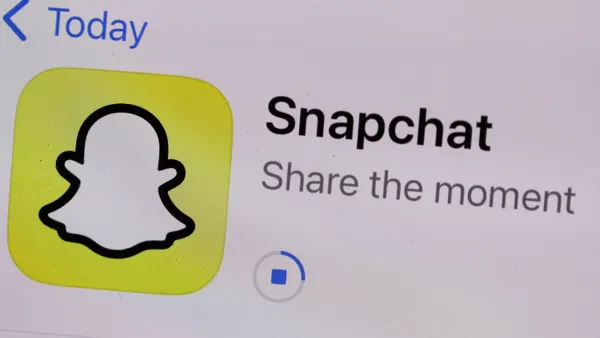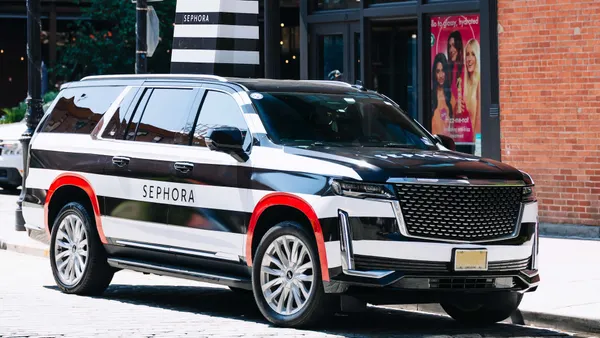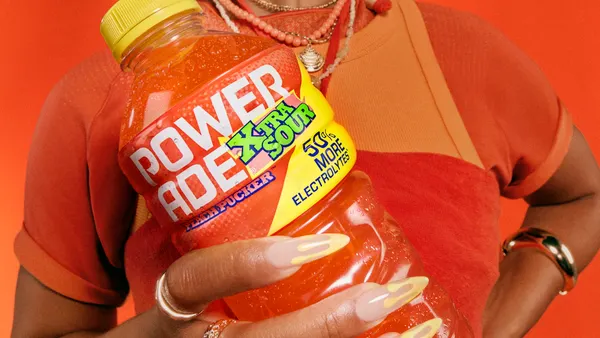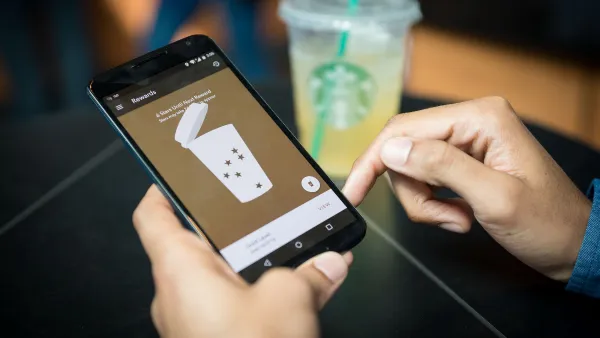Brief:
- Instagram, the Facebook-owned photo-sharing application with 700 million users worldwide, is increasing the competitive pressures on top competitor Snapchat by offering advertisers a chance to test new ad products for free, Business Insider reported.
- Morgan Stanley, the investment bank that led the $3.4 billion initial public offering of stock for Snapchat's parent company Snap, revealed last week that Instagram started offering free sponsored lenses, the digital overlays on photos that are a Snapchat hallmark. The bank's analysts blamed Instagram for stunting Snapchat's audience, which totals about 166 million users.
- Advertisers are doubting the effectiveness of Snapchat while investors fear the company may not innovate fast enough to reach its lofty growth targets.
Insight:
Instagram has dogged Snapchat by repeatedly mimicking features like sponsored lenses and stories in an effort to win over the younger audience that's been generally quick to embrace photo-sharing mobile apps. Instagram's additional incentives come as Snapchat struggles to innovate with new advertising channels and features. About half of Snap's revenue comes from sponsored lenses, making it dependent on a narrow group of ad products that Instagram has begun to target with discounts, credits and other incentives for advertisers.
The practice of offering rebates to advertisers is common among media channels aside from social media apps. Twitter, Facebook and Google are known to provide similar incentives, and even Snapchat gave advertisers bonuses, discounts and media credits as part of an effort to improve its Q2 results, Digiday reported in May.
Instagram provides trials and credits mostly while rolling out new ad units or tools it wants brands to test, Business Insider reported. The incentives vary among brands and media agencies, including a retail client that tested ads of various lengths last month in Instagram Stories at no charge. Advertisers also are seeing a lower return on investment on Snapchat than on rival platforms, according to Morgan Stanley, which likely leads to fewer advertisers running to snag space on the platform. Snapchat has also been slower to roll out an automated bidding platform for brands that want to place ads on the app. Morgan Stanley's Brian Nowak forecast that the technology won't be fully operational until the end of 2017 or early 2018.
Last week, Morgan Stanley listed several reasons for disappointment in Snap, starting with poor ad completion rates. Once upon a time, Snapchat was appealing for marketers that wanted to place their ads between user-generated content, making those ads feel more personal to users than other social media platforms. Snap also promised access to the millennial consumer bracket that's steadily shunning traditional media like TV, but completion rates have been lower than expected, Morgan Stanley said, making advertisers turn to Instagram and Facebook for higher completion rates.











